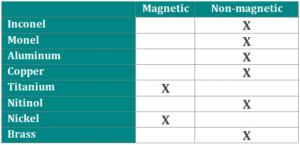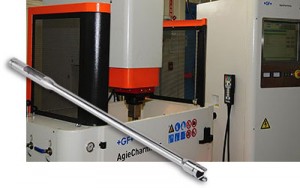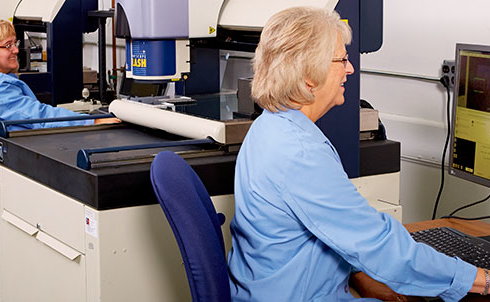Posted April 4, 2017 by Antonio Marku
Understanding Magnetic properties of 304 and 316 stainless steel
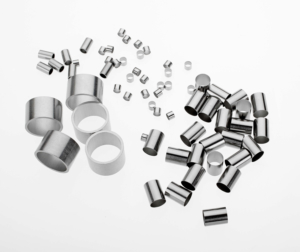 It’s important to understand when selecting a grade of stainless steel (SS) for your application or prototype, if the material needs to have magnetic properties or not. Before determining this, it is good to understand what makes a grade of stainless steel magnetic or not.
It’s important to understand when selecting a grade of stainless steel (SS) for your application or prototype, if the material needs to have magnetic properties or not. Before determining this, it is good to understand what makes a grade of stainless steel magnetic or not.
Stainless steels are iron-based alloys particularly known for their generally excellent corrosion resistance. There are several different types of stainless steels. The two main types are austenitic (MicroGroup items: 304H20RW, 304F10250X010SL for example) and ferritic (automotive applications, kitchenware, and industrial equipment), each contains a different chemical arrangement. Due to this difference, ferritic stainless steels are generally magnetic while austenitic stainless steels are not. A ferritic stainless steel owes its magnetism to two factors: its high concentration of iron and its fundamental structure.
Ferritic – generally magnetic Austenitic – non-magnetic
Type Analysis of Stainless Steel
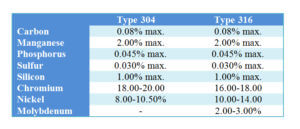

Transformation from non-magnetic to magnetic phases
Both 304 and 316 stainless steels are austenitic, when they cool, the iron remains in the form of austenite (gamma iron), a phase of iron which is nonmagnetic. The different phases of solid iron correspond to different crystal structures. In other alloys of steel, this high-temperature phase of iron transforms to a magnetic phase when the metal cools. The presence of nickel in the stainless steel alloys stabilizes austenite against this phase transition as the alloy cools to room temperature. This corresponds to a somewhat larger magnetic susceptibility than we might expect for other nonmagnetic materials, but is still well below what might be considered magnetic.
However, this does not mean that you should expect to measure such a low susceptibility on any item of 304 or 316 stainless steel that you encounter. Any process which can change the crystal structure of stainless steel can cause austenite to be converted to the ferromagnetic martensite or ferrite forms of iron. These processes include cold working and welding. It is also possible for austenite to spontaneously convert to martensite at low temperatures. To complicate matters further, the magnetic properties of these alloys depend on the alloy composition. Within the allowed ranges of variation of Ni and Cr, significant differences in magnetic properties may be observed for a given alloy.
Practical implications for removal of stainless steel particles
Both 304 and 316 stainless steel possesses paramagnetic characteristics. As a result of these properties small particles (approx. 0.1-3mm dia sphere for example) can be attracted to powerful magnetic separators positioned in the product stream. Depending upon their weight and specifically their weight ratio to magnetic attraction, these small particles will be held to the magnets during the production process.
These can then be removed during the magnet cleaning operation. From our experience 304SS small particles are more likely to be held in the flow than 316 SS particles due to its slightly more magnetic nature.
Other Alloy Characteristics
